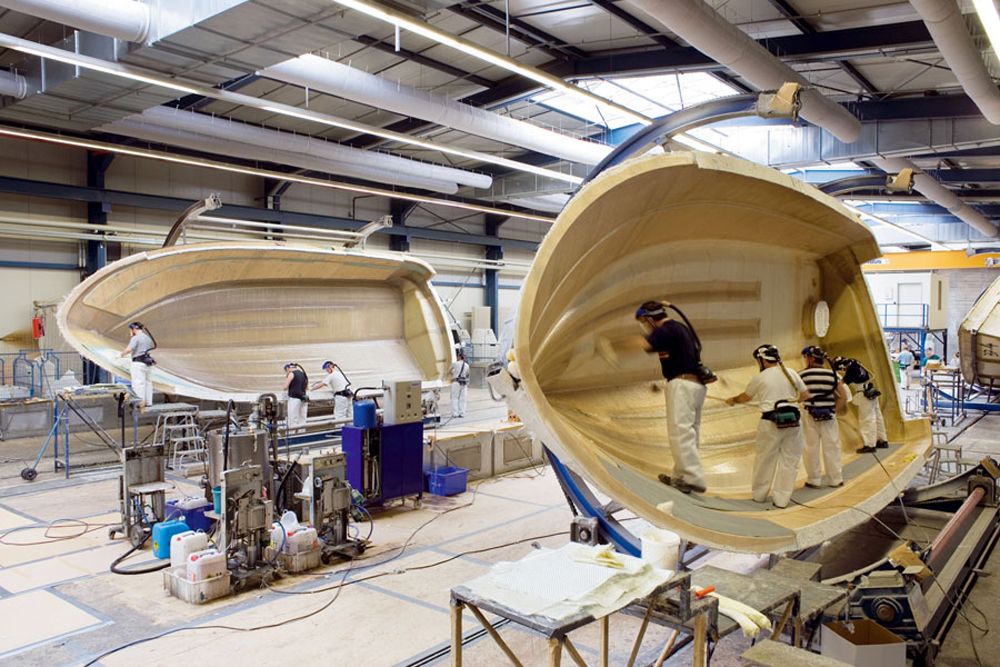
Beyond the Blueprint: Unveiling Hidden Truths in Boat Building
Building a boat is a monumental task, a testament to human ingenuity and craftsmanship. While countless guides detail the technical aspects, we often overlook the nuanced, often unspoken, elements that truly separate a successful build from a frustrating experience. This article delves into those hidden truths, offering fresh perspectives for hobbyists, professionals, and anyone dreaming of their own handcrafted vessel.
The Unsung Hero: Material Selection Beyond the Specs
Choosing the right wood is crucial, but the story doesn't end with species and grade. What about the microclimate where your lumber will reside during construction? A consistently humid workshop demands different wood preparation than a dry, desert environment. Similarly, consider the “memory†of the wood. Lumber from a tree that experienced significant stress might be prone to warping, even after meticulous drying. Think of it like a scar on a person â€" it might heal, but the mark remains. These subtle factors, often ignored, directly impact the final product.
Q&A: Mitigating Material Mishaps
Q: How can I account for wood's "memory" during my build?
A: Carefully inspect each board for any signs of stress or uneven grain. Acclimate your wood to your workshop's environment for an extended period before starting construction. Consider using wood from trees known for their stability, or pre-treating the lumber with moisture stabilizers.
Q: How does climate affect my wood choice?
A: In high-humidity environments, choose woods known for their resistance to rot and swelling (e.g., teak, cedar). In arid climates, woods that are less prone to cracking (e.g., mahogany, oak) might be preferred. Remember to adjust your epoxy and varnish choices accordingly.
Beyond the Plans: Embracing the Unexpected
Even the most meticulous plans cannot fully predict the challenges of woodworking. Flexibility is your greatest asset. A seemingly minor imperfection in a plank might necessitate a creative solution, requiring you to step outside the rigid framework of your blueprint. This isn't a failure; it's an opportunity to hone your problem-solving skills and add your unique touch to the project.
A Real-World Example:
One experienced boat builder, upon encountering a knot in a critical structural beam, cleverly incorporated the knot into the design, turning a potential weakness into a distinctive design feature. Instead of discarding the plank, he reshaped the area around the knot, making it a focal point. The finished boat was not only structurally sound but also unique and aesthetically pleasing.
The Human Element: Collaboration and Mentorship
Boat building is rarely a solitary endeavor. Engaging with experienced boat builders through online forums, local workshops, or even mentorship programs can significantly enhance your skills and offer invaluable support. Remember, even seasoned professionals sometimes encounter unforeseen hurdles. Sharing knowledge and experience is a cornerstone of the craft, fostering a supportive community and ensuring the legacy of boat building continues to flourish.
Consider these resources:
- Your local maritime museum or historical society.
- Online forums dedicated to boatbuilding (e.g., WoodenBoat.com).
- Community colleges and vocational schools offering woodworking or boatbuilding programs.
The Finishing Touch: Beyond Aesthetics
The final layer of varnish or paint isn't just about aesthetics; it's a critical step in protecting your investment. Modern advancements in marine-grade coatings offer superior protection against UV degradation, water damage, and marine organisms. Research the latest formulations and choose a product tailored to your boat's material and usage. Proper surface preparation is equally crucial to ensure the longevity of your finish. Don't rush this stage â€" it is as important as the construction itself.
Building a boat is a journey, not a race. By embracing the unexpected, valuing collaboration, and focusing on the nuanced aspects often overlooked, you can transform a challenging project into an enriching and rewarding experience. The final product will be not only a vessel, but a testament to your skills, creativity, and perseverance.





